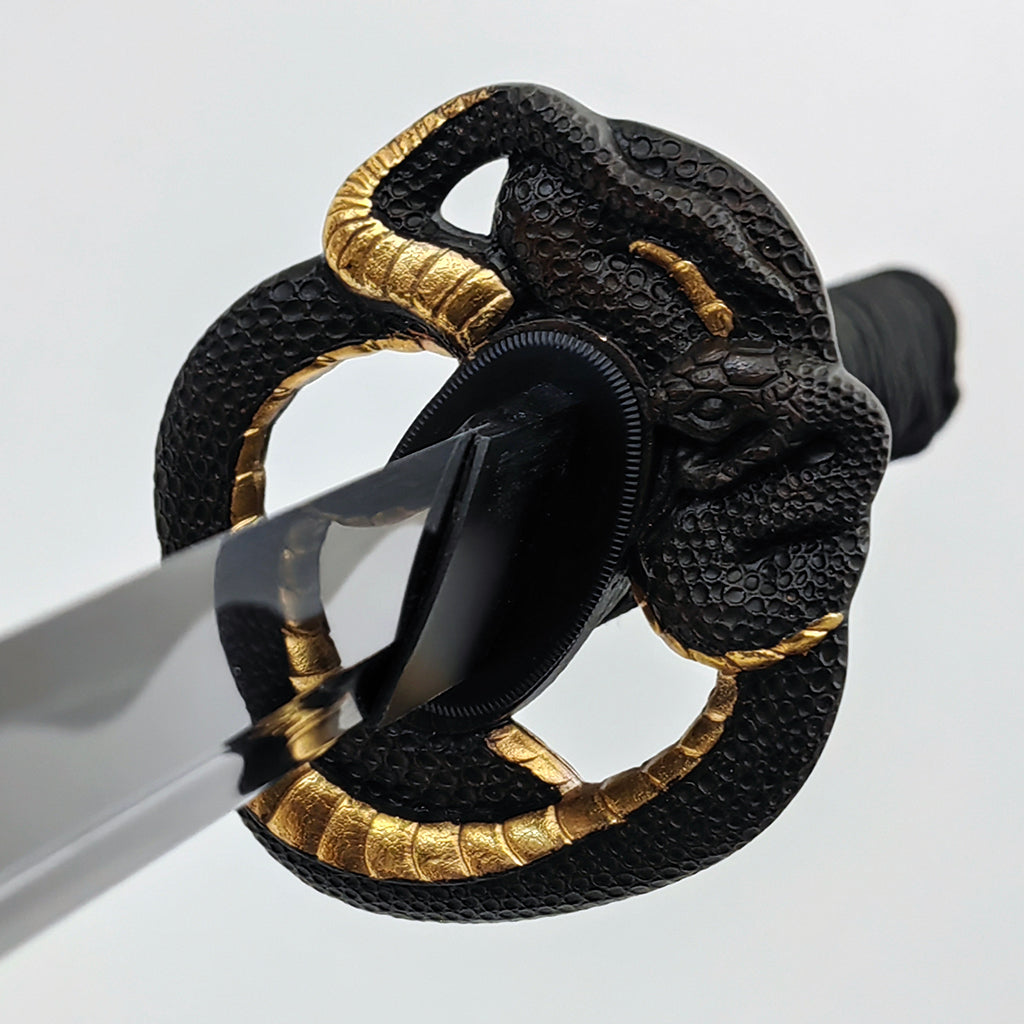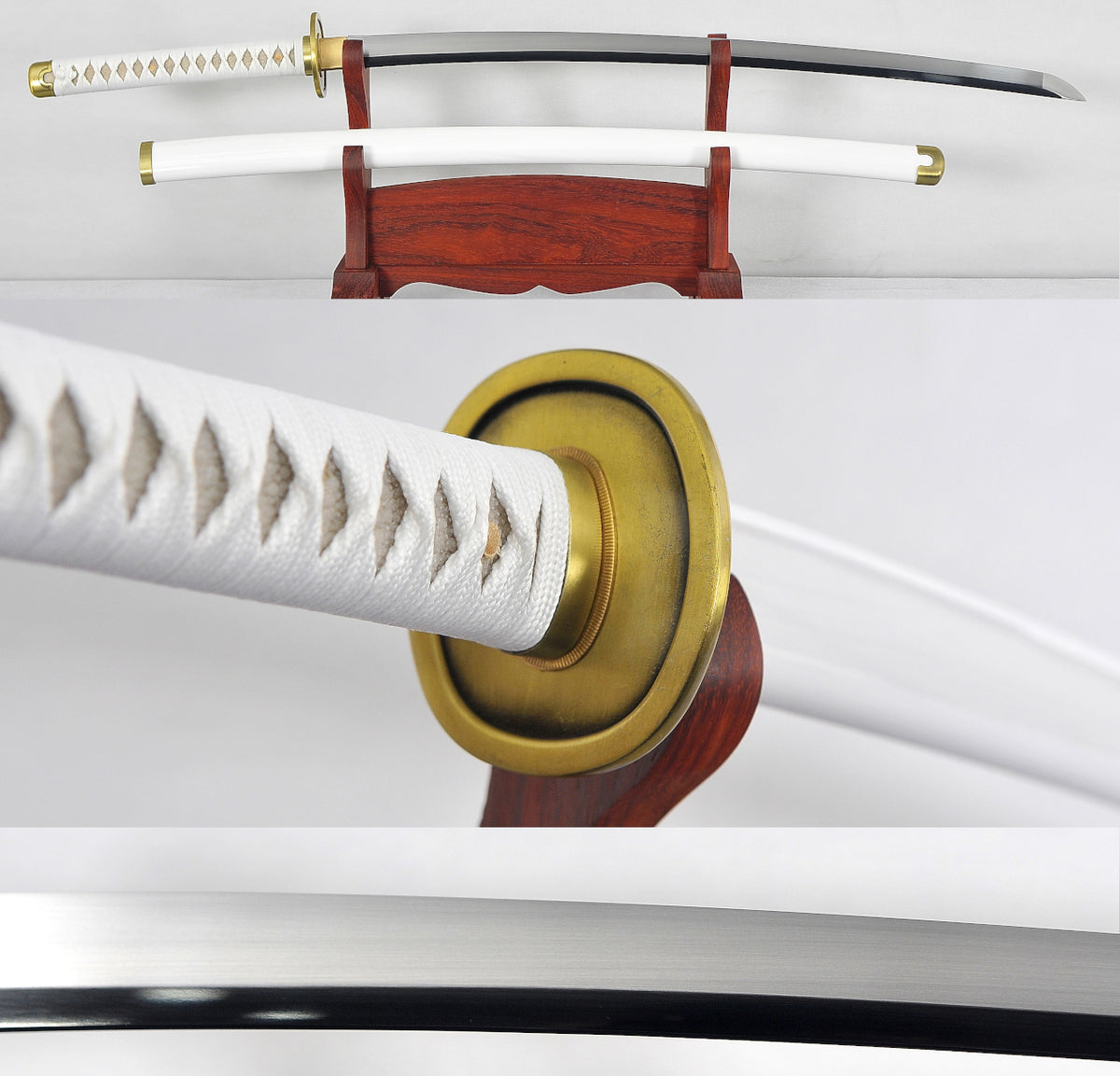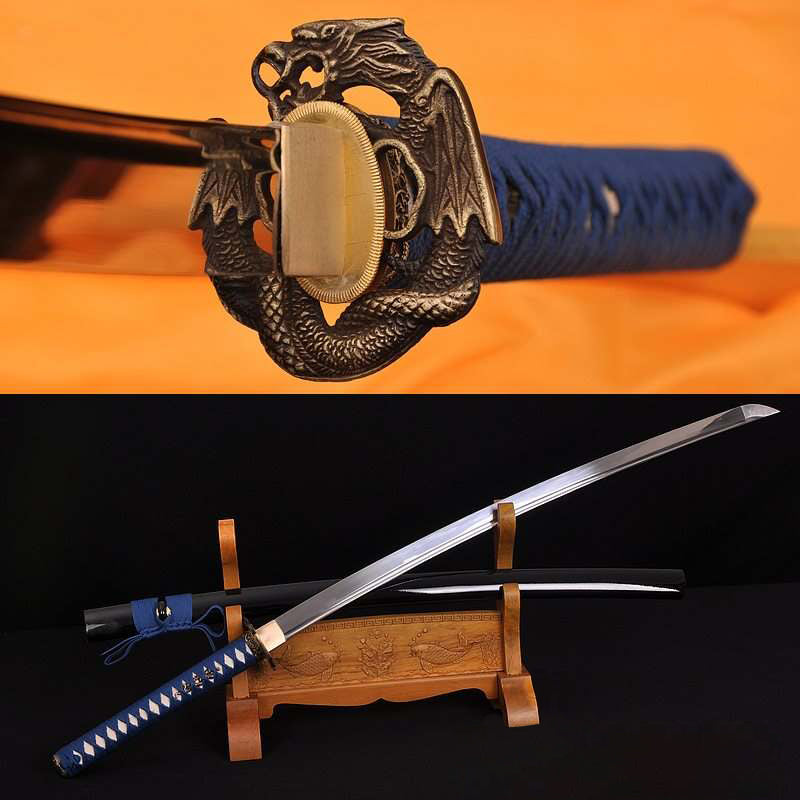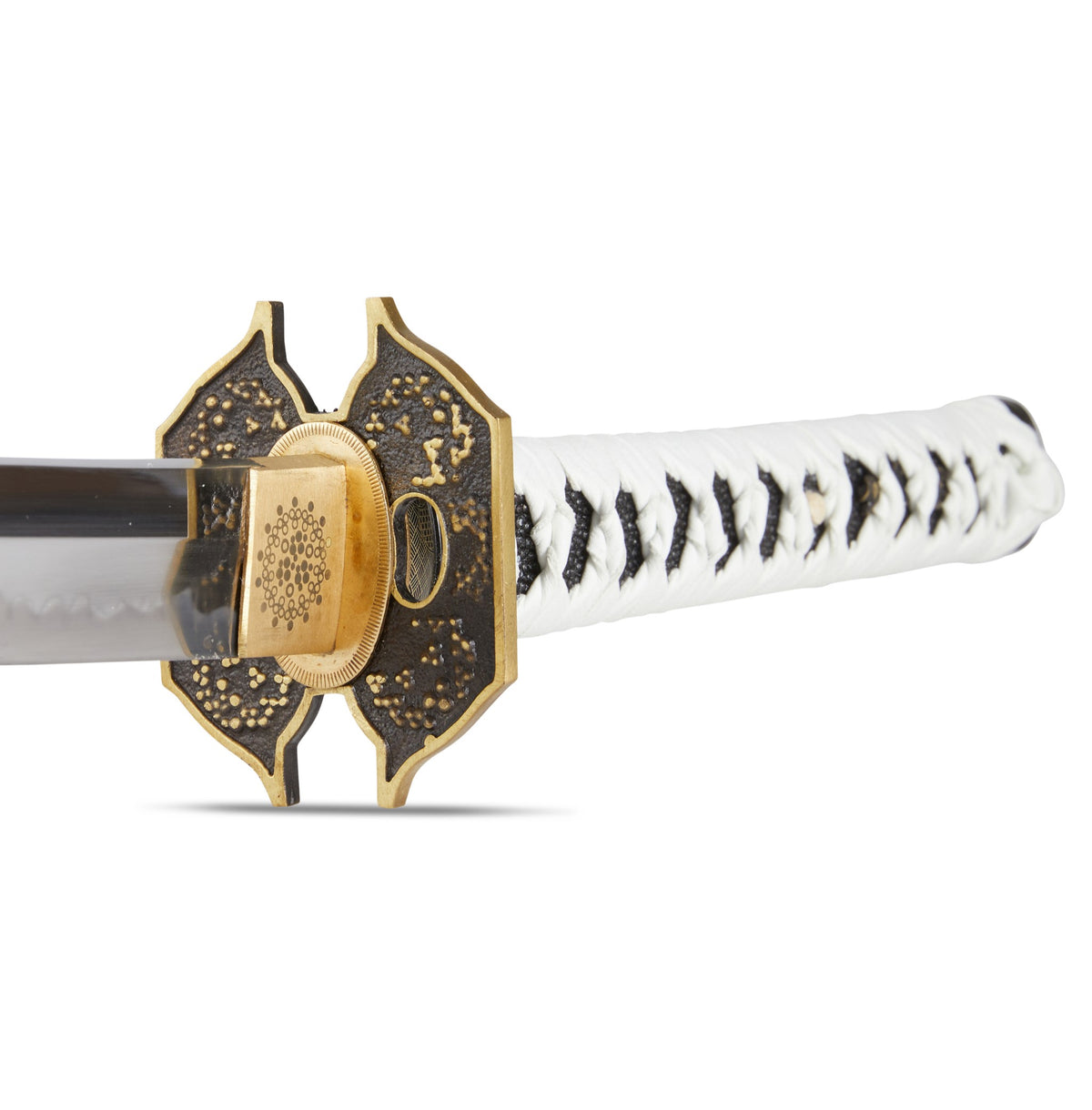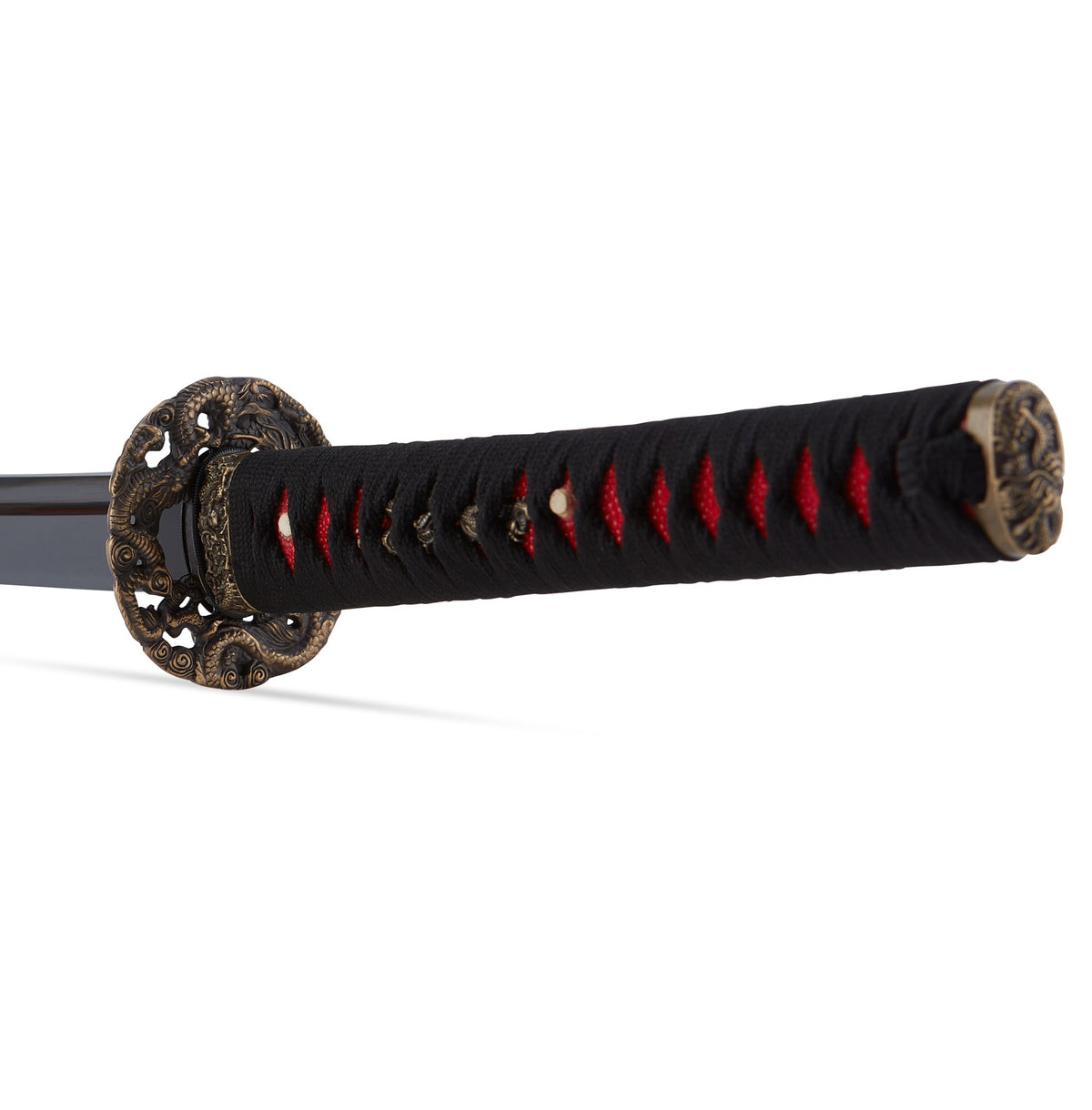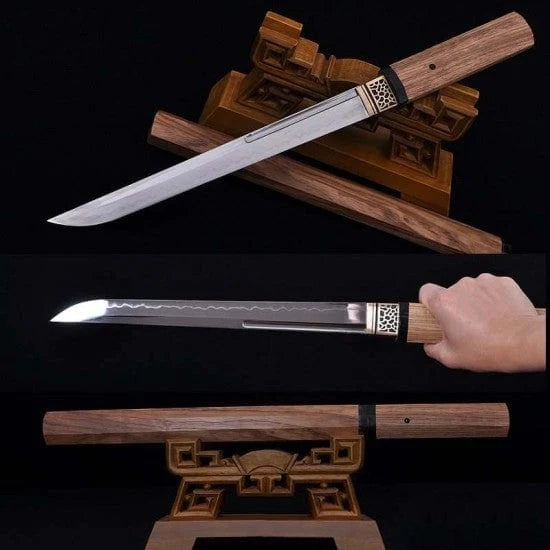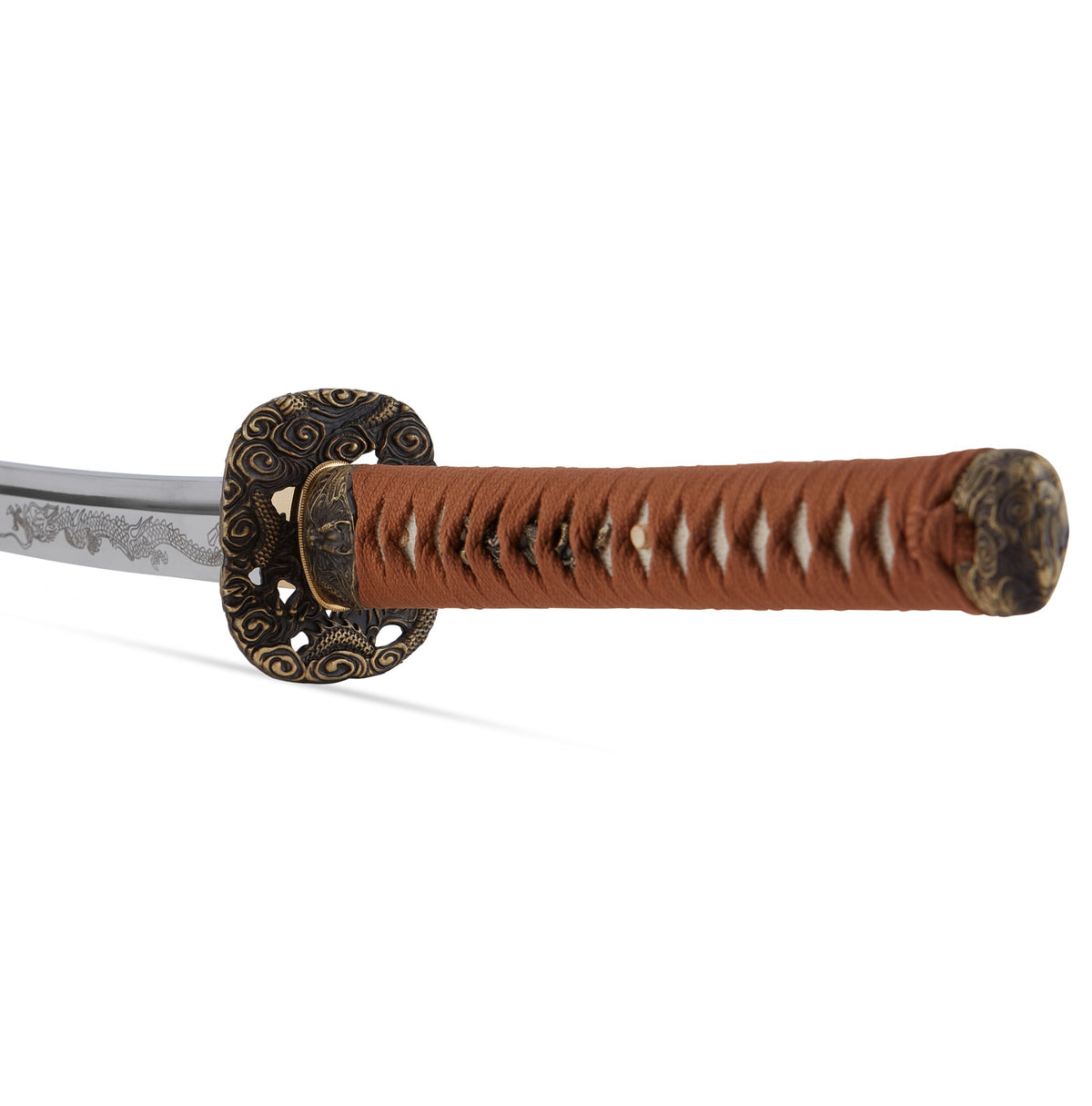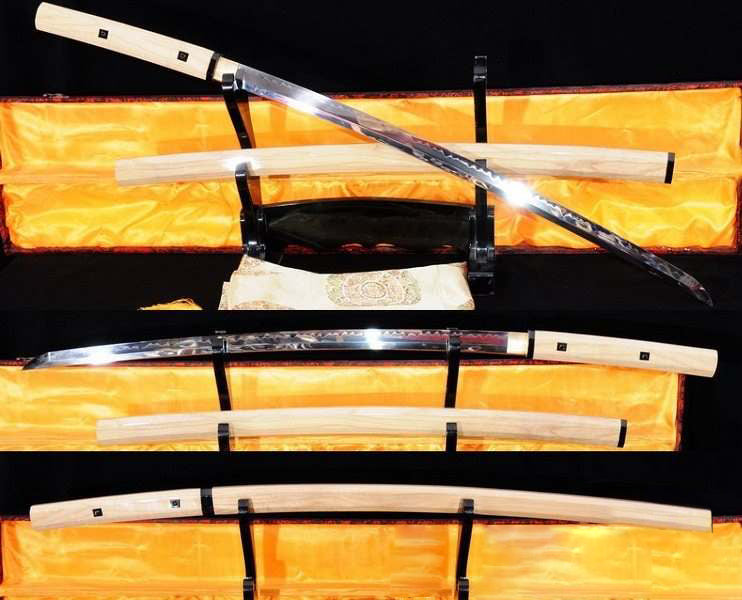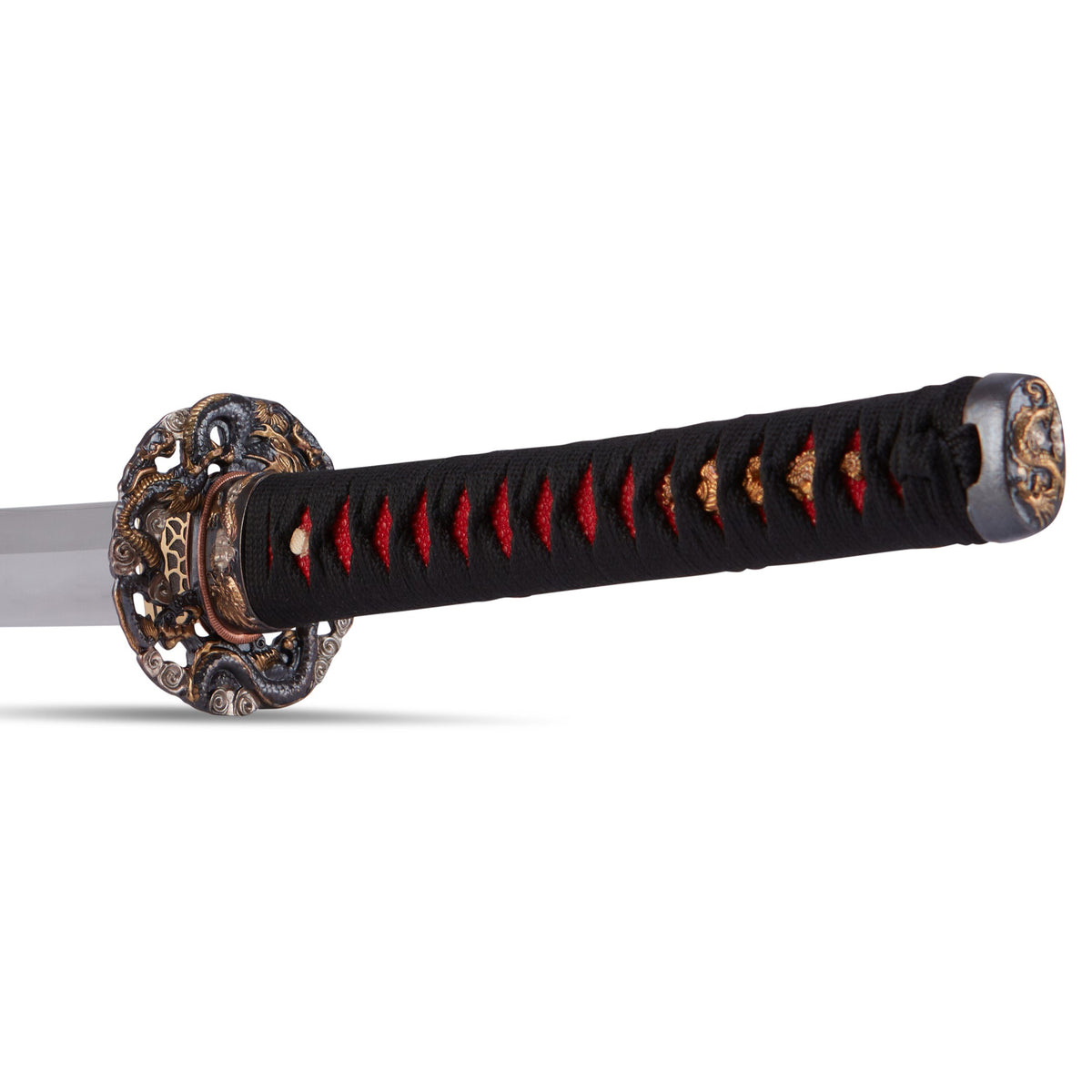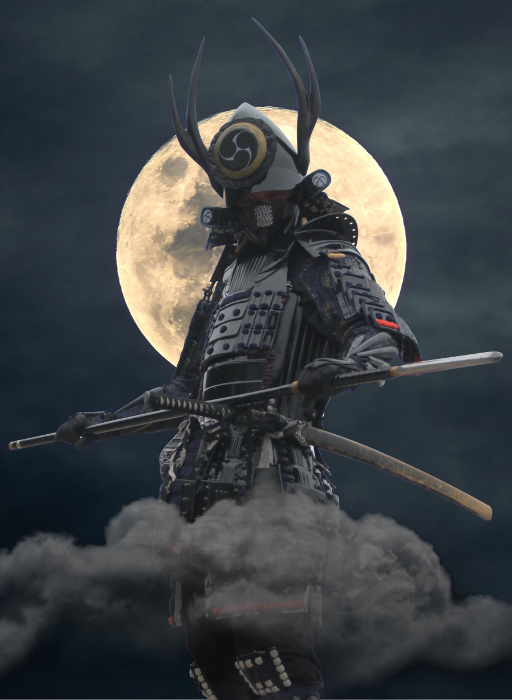A Guide to Sword Identification

Knowing what types of weapons you’re purchasing is important, and when it comes to sword identification, there are a lot of nuances to get lost in. What kind of hilt do you have? Shape of the blade? What’s the metal refining process? All great questions when you’re searching, “identify my sword.” At Swords of Northshire, we’re experts in all things swords and weaponry. Whether you need insight into katanas and samurai swords or want to learn about norse weapons, we can help you with all of your sword identification needs, so you know exactly what you’re working with.
Some History
Swords are wrought out of their shorter cousin, the dagger. Swords were first made from bronze, but due to the lack of strength in that material, they weren’t very popular. It wasn’t until after the Bronze Age that swords became a common weapon across cultures. Once steel and iron became known, that is when warriors began to see the benefit of having an elongated dagger that could ward off opponents from a distance. Across cultures, there are many key indicators to help answer your quest to identify my sword and start expanding your collection of unique weapons.
Most Popular Types
When it comes to sword identification, there are a variety of unique design and material choices that are key indicators. Many civilizations have adapted the sword to fit their specific needs, but there are some that stand out more than others.
The Katana
One of the most iconic fighting swords in history, a katana was used by Samurai in Japan across multiple martial arts. Katanas have a thick, curved blade with a single cutting edge. This style of weapon is used for quick slashing movements with the sharp edge, and the dull portion of the blade was used for blocking motions and defensive actions. If you want to look further into “identify my sword,” consider the hilt. Katanas have a two-handed hilt with a circular or squared guard.
Ulfberht
The Ulfberht is widely known as the Viking sword and was incredibly advanced for its time. It was made with crucible steel, which is a process that uses ultra-refined iron to create a virtually unbreakable blade. If you’re in need of some sword identification and think you may have a Viking blade, look into the hilt and see if there are any patterns on the blade. Hilts were one-handed with a pommel, variable guard to protect the user and the blades typically had ornate inscriptions or designs on them.
Scimitar
If you’re looking to identify my sword, the scimitar has an incredibly recognizable shape. Hailing from Middle-Eastern culture, the scimitar has a curve like the katana, but has more of an S-shape to it. It was forged with Damascus steel and its shape makes it perfect for downward slashing motions.
Whether you need some insight into sword identification or want a custom katana, Swords of Northshire has the information, skill, and experience you need. Explore all we have to offer and add to your collection today!
Best Sellers
- Regular Price
- from $199.99
- Sale Price
- from $199.99
- Regular Price
-
- Unit Price
- per
- Regular Price
- from $299.00
- Sale Price
- from $299.00
- Regular Price
-
- Unit Price
- per
- Regular Price
- from $199.00
- Sale Price
- from $199.00
- Regular Price
-
$0.00
- Unit Price
- per
- Regular Price
- from $319.00
- Sale Price
- from $319.00
- Regular Price
-
- Unit Price
- per
- Regular Price
- from $619.00
- Sale Price
- from $619.00
- Regular Price
-
- Unit Price
- per
- Regular Price
- from $249.00
- Sale Price
- from $249.00
- Regular Price
-
- Unit Price
- per
- Regular Price
- from $339.00
- Sale Price
- from $339.00
- Regular Price
-
- Unit Price
- per
- Regular Price
- from $219.00
- Sale Price
- from $219.00
- Regular Price
-
- Unit Price
- per
- Regular Price
- from $364.00
- Sale Price
- from $364.00
- Regular Price
-
- Unit Price
- per
- Regular Price
- from $519.00
- Sale Price
- from $519.00
- Regular Price
-
- Unit Price
- per
